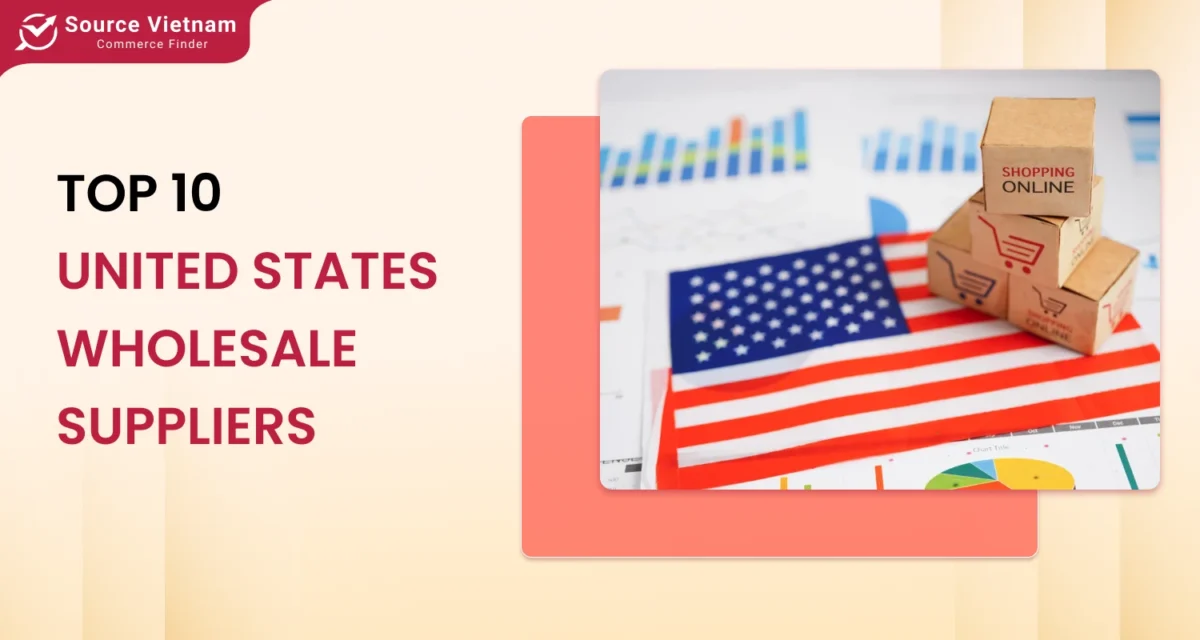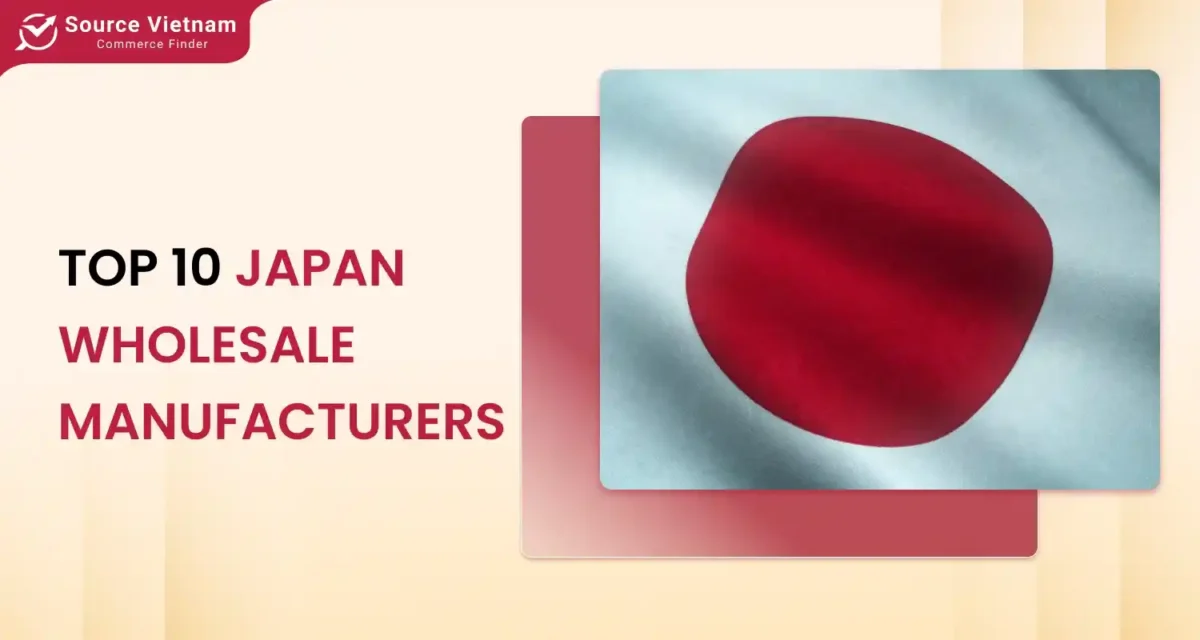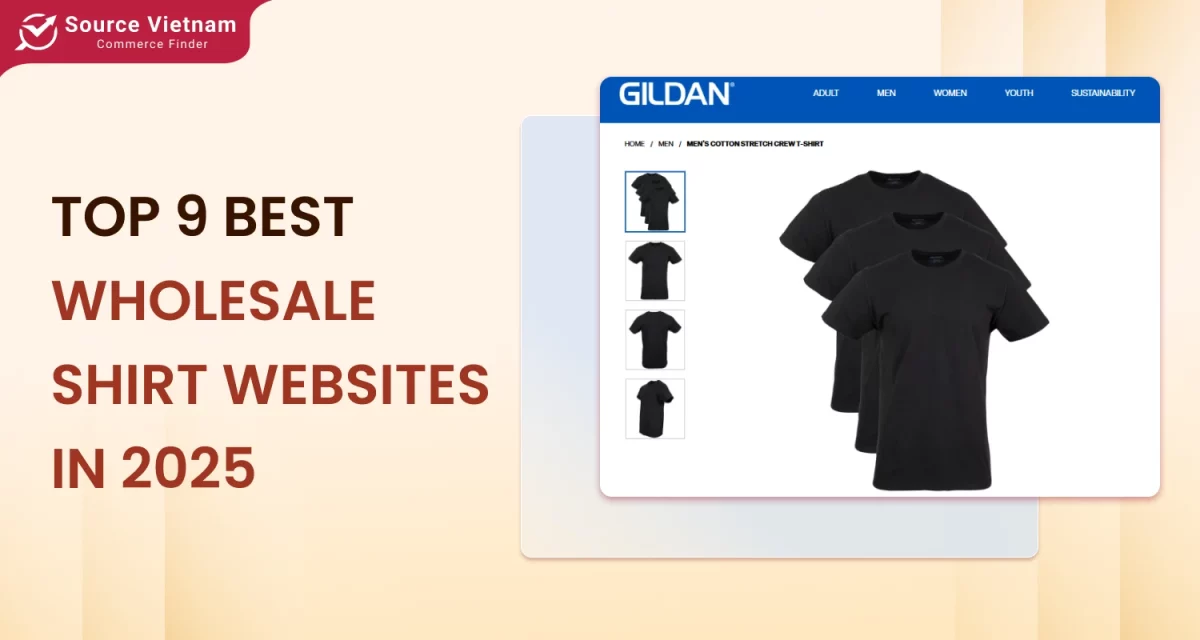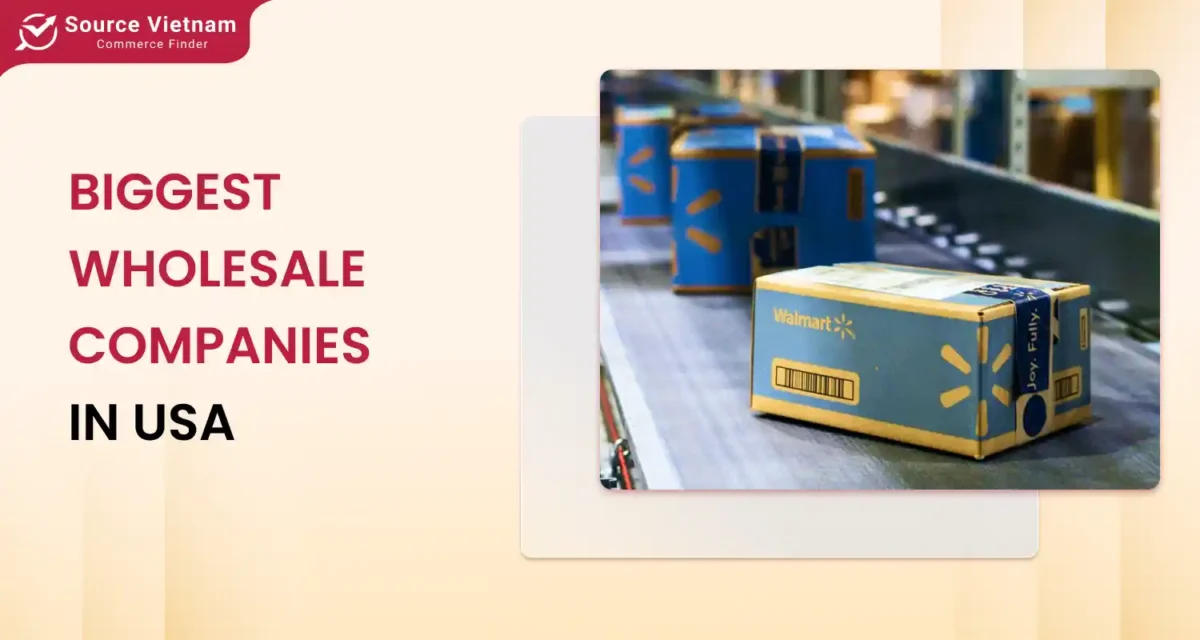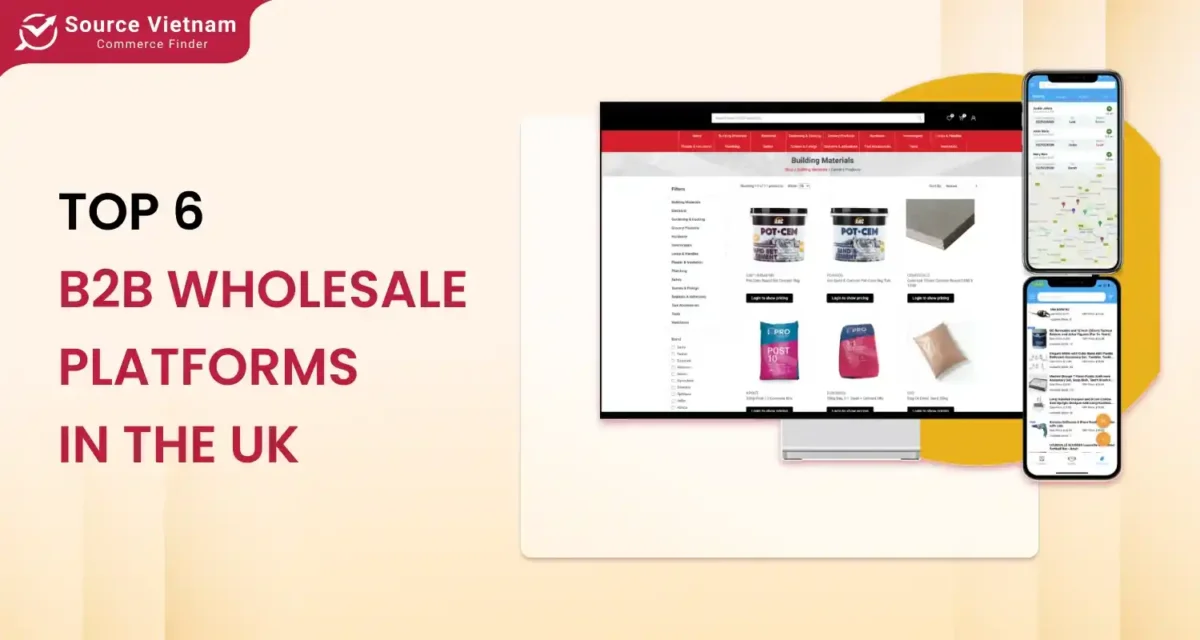Knowing the difference between dropshipping and wholesale is essential for anyone hoping to establish a successful online business in the modern e-commerce landscape.
Although both models serve various businesses with different objectives and financial capacities, they have unique advantages. Understanding the difference between dropshipping and wholesale can save you time, money, and effort, especially if you are starting fresh or striving toward success.
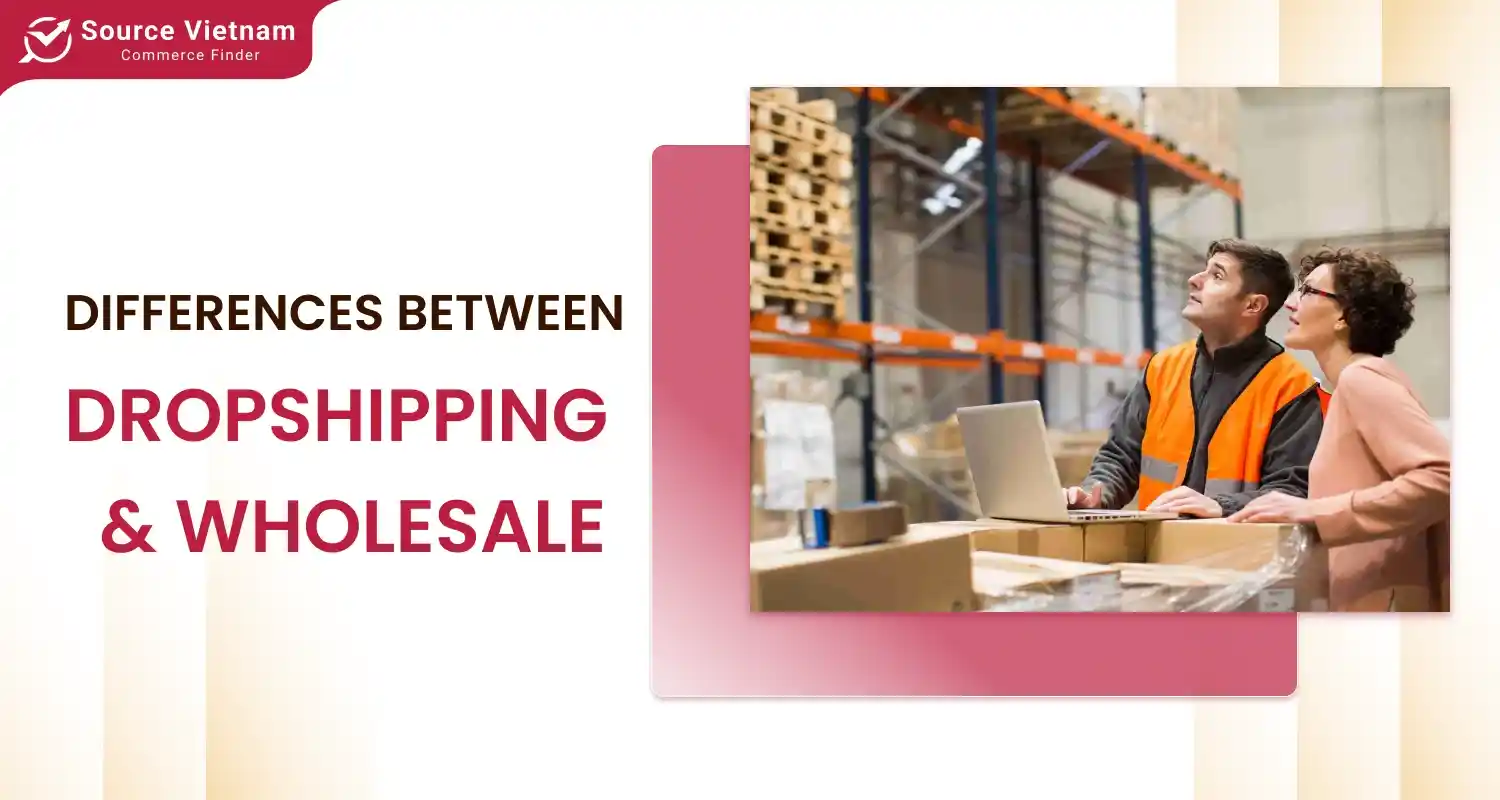
Pricing schemes and inventory management of sales in dropshipping and wholesale product sales management differ in many key economies and clinical practices. Although drop shipping is often thought of as the easier, less risky choice, wholesale typically provides larger profit margins but requires a larger initial outlay of funds.
What is dropshipping?
It is said that understanding the difference between dropshipping and wholesale can be a kind of magic formula that will guide e-commerce in the current era of e-commerce businesses. Both concepts have their benefits, although the form they take differs.

Of the retailing models, one of the most common is dropshipping which is a type of business in which a retailer does not hold the goods sold in stock. The individual selling the items does not have any of the products in possession but sends the product request to a distributor or a producer, who later sends it to the consumers when they order it. The seller does not possess the products he or she sells because he acts as a middleman between the buyer and supplier.
How the dropshipping fulfillment process works
- Sourcing the product: You find a supplier who can supply the product via dropshipping.
- Listing: You put the selected products on your online store at a price higher than the supplier’s because of you are a reseller.
- Order Fulfillment: When the customer has completed the product selection, you will send the purchase order to the supplier, pay the wholesale price, and have the items shipped to you.
- Shipping: Your supplier will wrap and dispatch the item directly to the customer.
Benefits of dropshipping
For new established company owners, dropshipping offers multiple benefits. There is no need to buy inventory in growth, it requires a small initial investment. Because warehouse space and managing inventory are not required, overhead costs are reduced.
What is wholesale?
Under this model, goods are ordered directly from manufacturers or their representatives in bulk and at a lower price. In other words, a wholesaler is a company that buys an entire lot of products, keeps the stock, and sells it to brokers or consumer markets at prices higher than their wholesale cost. Except for dropshipping, you are in full control of your inventory which means you can be more flexible with your pricing demands as well as how you will market your stock.

How wholesale purchasing works?
Here’s a look at how the wholesale process works:
- Bulk Buying: You purchase large quantities of products from suppliers at wholesale prices.
- Inventory Management: You store the inventory in a warehouse or other facility, ready for sale.
- Selling: You sell the products directly to customers or other retailers, managing orders and shipping yourself.
Benefits of wholesale
The wholesale system provides many advantages, especially for companies with funds for initial investment. Buying products at a reduced cost per unit can significantly increase profit margins. Moreover, you have greater authority in overseeing inventory, which enables you to regulate stock levels, provide quicker shipping, and develop personalized packaging or promotions. This mechanism can assist in creating a more robust brand and fostering customer allegiance.
Key Differences Between Dropshipping and Wholesale
Awareness of how dropshipping differs from wholesale is crucial when selecting a business plan for your eCommerce activity. The pros and cons of dropshipping vs wholesale that impact your business operations, profits, and overall risk. Let’s examine the critical distinctions among a few crucial categories.
| Dropshipping | Wholesale | |
| Inventory management | No need to stock inventory. Supplier ships directly to customers. | Requires buying and managing stock. Involves storage, stock tracking, and shipping. |
| Pricing and profit margins | Lower profit margins. Supplier handles shipping and packaging, but you lack control over fulfillment. | Higher profit margins with greater control over pricing, shipping, and customer satisfaction. |
| Supply chain and fulfillment | Supplier manages logistics, but there is less control over shipping times and quality. | Full control over the supply chain, allowing for quicker delivery and customization. |
| Risk and responsibility | Low financial risk. No need for upfront inventory investment, but limited control over the customer experience. | Higher financial risk with upfront stock investment, but potential for greater long-term profit. |
Read more>> Difference between wholesale and retail
Inventory management
Dropshipping:
Dropshipping means that your concern about stocking is entirely eliminated. There is no need for you to hold stock at any one time because upon receiving an order, the products are sent out directly from the supplier to the customer. This model saves time and resources as your attention shifts from managing stock and warehousing to marketing and customer services.

Wholesale:
Wholesale, however, involves buying stock in considerable amounts and maintaining an inventory. Storage facilities will be required, as well as tools to enable tracing of stock, replacement of stocks at appropriate levels, and dispatching of orders to customers.
Of course, this also carries greater obligations but it also means self-control over product and shipping management which can reduce overall shipping time and promote better profits.
Pricing and profit margins
Dropshipping:
The simplicity of the dropshipping vs. wholesale business model makes it a superior business model compared to wholesale. Your supplier takes care of everything, including shipping and packaging. List the products and promote them; logistics are not a concern. However, remember that shipping times may differ, and quality control may be more challenging since you have no control over fulfillment.
Wholesale:
In wholesale, you are in control. The duty falls on your shoulders, from keeping track of inventory to preparing and sending out orders. Although it may involve additional work, it enables you to provide quicker delivery, greater personalization, and enhanced customer satisfaction management.
Supply chain and fulfillment
Dropshipping:
In the dropshipping vs wholesale business model, the simplicity of dropshipping makes it the superior business model when compared to wholesale. Everything is taken care of by your supplier, including shipping and packaging. Simply list the products and promote them; logistics are not a concern. However, bear in mind that shipping times may differ and quality control may be more difficult to maintain since you have no control over fulfillment.
Wholesale:
In wholesale, you are in control. The duty falls on your shoulders, from keeping track of inventory to preparing and sending out orders. Although it may involve additional work, it enables you to provide quicker delivery, greater personalization, and enhanced management of customer satisfaction.
Risk and responsibility
Dropshipping:
The main reason for the rise in popularity of dropshipping is the minimal risk involved. There is no need to invest thousands of dollars in inventory upfront. If a product doesn’t sell, you are not required to keep it. This makes it ideal for testing new products without experiencing significant financial pressure. However, reduced risk also means reduced control, which can affect customer satisfaction.
Wholesale:
Wholesale carries more financial risk. You’re purchasing large quantities of products upfront, and if they don’t sell, you’re left with unsold stock. But with greater risk comes greater reward. If you know your market and can move your inventory, wholesale can offer more stable, long-term profit.
The pros and cons of dropshipping vs wholesale
| Dropshipping | Wholesale | |
| Pros | Low startup cost: One of the most appealing aspects of dropshipping is the minimal upfront investment required. You don’t need to purchase inventory, which allows you to start your business with significantly less financial risk.
Flexibility: Allowing you to choose from a wide range of products to sell. You can easily pivot your business by testing new items without worrying about leftover inventory. |
Higher profit margins: With wholesale, you can purchase products at lower prices by buying in bulk, leading to higher profit margins. This model allows for better pricing strategies and greater profitability.
Control over products and fulfillment: You have more control over product quality and fulfillment processes. This means you can ensure that customers receive high-quality items promptly, which helps build brand loyalty. |
| Cons | Lower profit margins: However, relying on third-party suppliers can result in tighter profit margins compared with wholesale, as you may end up paying more per unit due to fulfillment costs.
Limited control: When you rely on suppliers for product quality and shipping, you have less control over customer experience. If a supplier fails to deliver quality products or ships late, it reflects poorly on your brand. |
Higher risk: Wholesale requires a larger upfront investment in inventory, which means you bear a higher financial risk. If products don’t sell, you could be left with unsold stock.
Capital requirements: Starting a wholesale business often demands more capital. You’ll need to invest in inventory and possibly warehouse space, which can be daunting for new entrepreneurs. |
In most websites or physical stores, one can engage in a form of e-commerce known as dropshipping or wholesale. However, anyone interested in dropshipping plans should try to weigh the merits proportionate to the demerits of both ways toward their business goals.

This business information is important to anyone as every one of them has their benefit as well as detriment which may determine how effective and productive your business outstands in the market. For this reason, we will get more into the pros and cons of dropshipping and wholesale so that you do not make the wrong decision based on focuses that are not normal.
Which Business Model is Right for You?
While wondering how to choose between dropshipping and wholesale, bear in mind some factors that are relevant to your case. Such factors include the risk that you perceive.
More often than not, when all the steps are put in place, it can be challenging, especially for novice participants. Firstly, managing a dropship business entails less risk because there is no need to buy in stock at the outset. This feature is very enticing for new business persons who need more capital.

Nevertheless, wholesale usually requires buying many items at once, which involves getting a lot of money, which can be pretty scary for starters.
Experience is an essential factor of consideration. Dropship methodology might be the best technique for beginners in online business as the learning performance is optimized. There is an emphasis on marketing and customer relations without worrying about stock.
Alternatively, with experience and market knowledge, wholesale could provide higher profits and a more involved business strategy. Ultimately, your business objectives will determine whether you choose dropshipping or wholesale. Whether you value cost efficiency or are open to spending more in hopes of greater profits.
Therefore, what sets drop shipping apart from wholesale? It is solely about having control and making a commitment. Through dropshipping, you have the flexibility to change your product offerings without the need to concern yourself with holding onto excess inventory.
Nevertheless, when purchasing wholesale, you have greater authority in determining the product’s quality and pricing. Comprehending these subtleties can assist you in discovering the perfect match for your entrepreneurial path.
Examples of Companies Using Dropshipping and Wholesale
When examining the difference between dropshipping and wholesale, it is beneficial to analyze practical instances of businesses effectively utilizing both methods. These firms provide information on the functionality of each approach and the potential beneficiaries of each corporate tactic.
AliExpress (Dropshipping)
AliExpress is a go-to platform for entrepreneurs seeking to get into dropshipping. Its vast catalog of products from various suppliers allows store owners to quickly add items to their online shops without holding inventory.
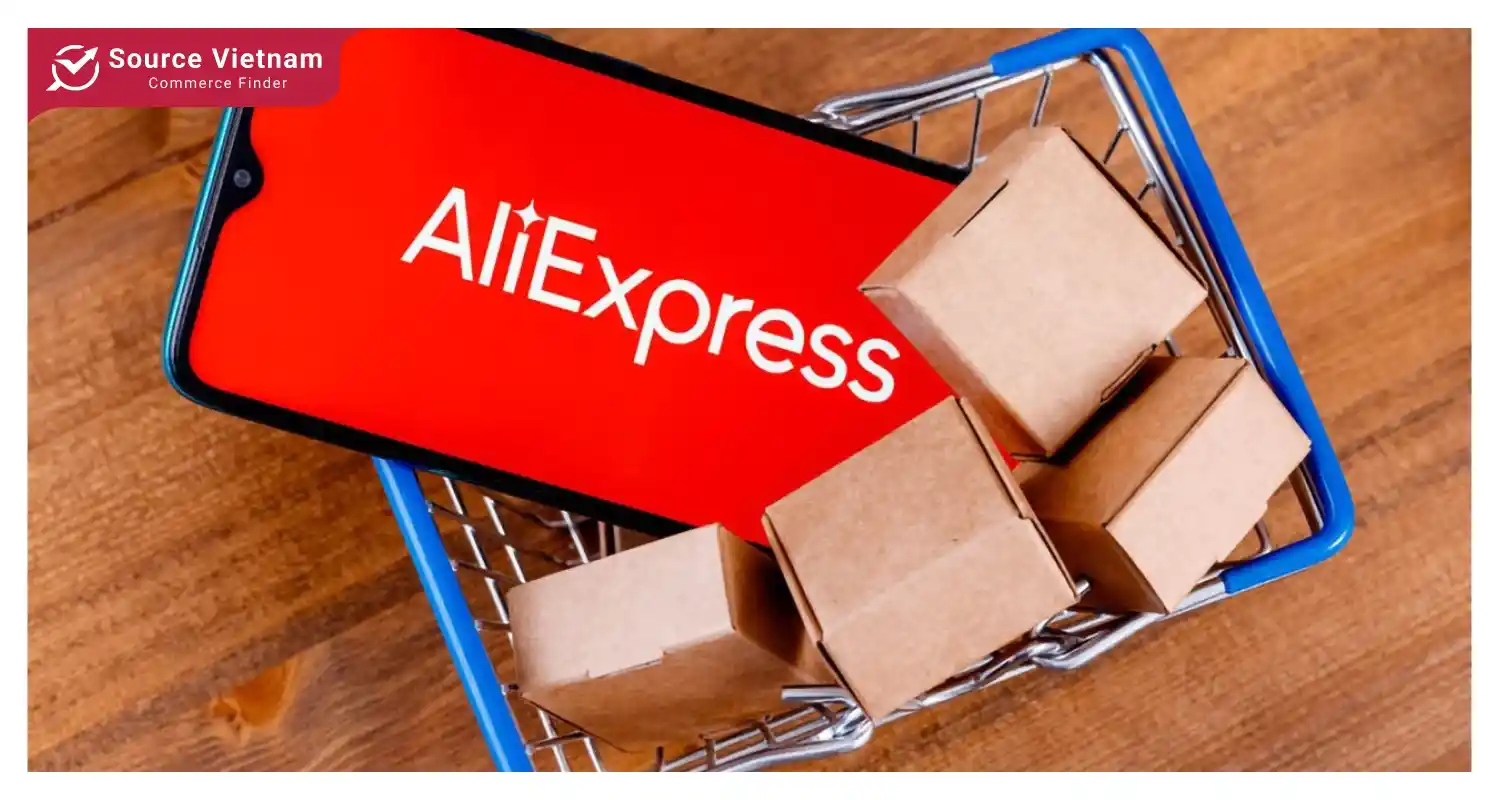
When a customer orders, the AliExpress supplier ships directly to them. This business model cuts down on overhead, but profits can be thin due to higher dropshipping pricing. Dropshipping vs wholesale here shows the advantage of flexibility, but the margins are much slimmer than bulk buying.
SourceVietnam.com (Wholesale)
SourceVietnam.com acts as a wholesale supplier that works with the manufacturers directly located in Vietnam. In contrast to dropshipping, in some wholesale business models, as is the case with SourceVietnam, clients procure items in bulk at reduced per-piece cost.
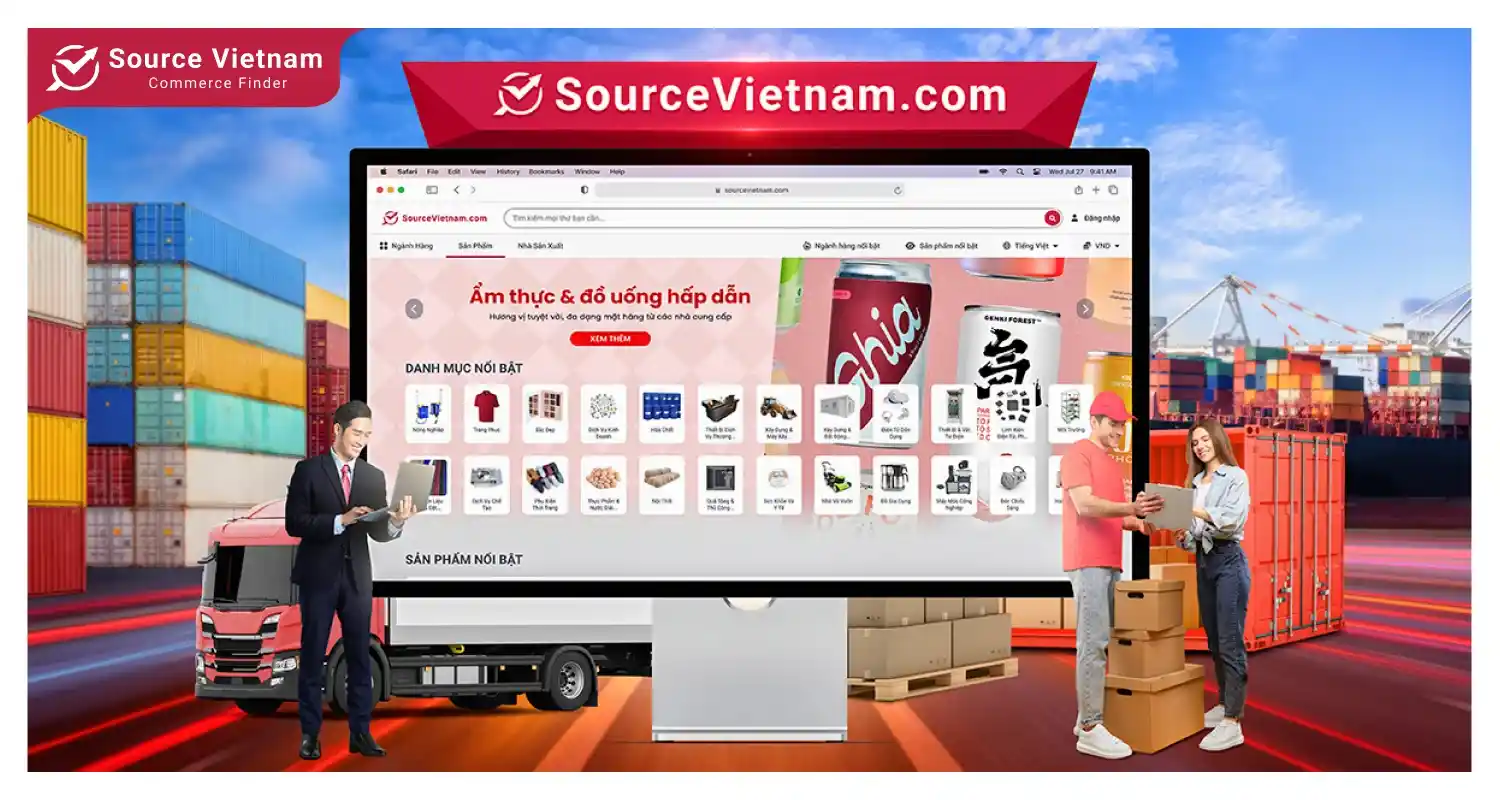
They control this inventory themselves and thus have more power over the customer’s experience, the brand, and the speed of shipping. As it has been stated, the difference between dropshipping and wholesale business models is obvious: wholesale requires higher start-up capital but can bring in much higher profit margins thanks to lower cost of goods.
Alibaba (Wholesale)
Alibaba ranks as one of the biggest wholesale platforms worldwide. It links companies with producers who can provide large quantities of products. Purchasers on Alibaba can engage in excellent wholesale purchasing but run a risk as they have to deal with vast amounts of inventory, which a small business may consider a disadvantage.
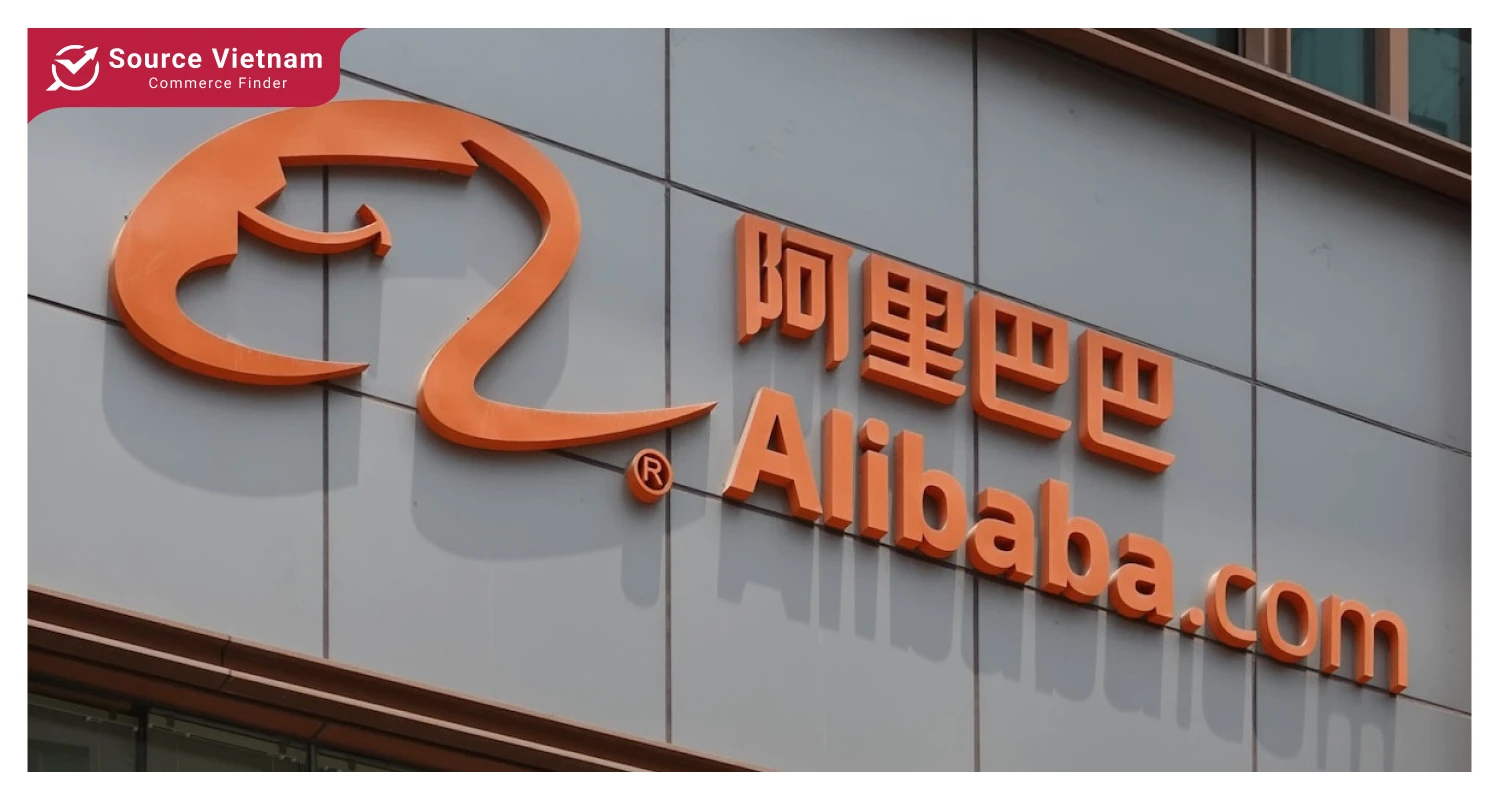
What is the difference between dropshipping and wholesale in this case? Dropshipping allows more risk-free market testing since there is no risk of under or overstocking inventory. However, wholesale helps any established business that wants to purchase at a wholesale rate and grow in size.
Oberlo (Dropshipping)
Oberlo, now partnered with Shopify, streamlines dropshipping by linking online stores with suppliers without any intermediaries. Similar to AliExpress, Oberlo enables businesses to function without the burden of handling inventory.
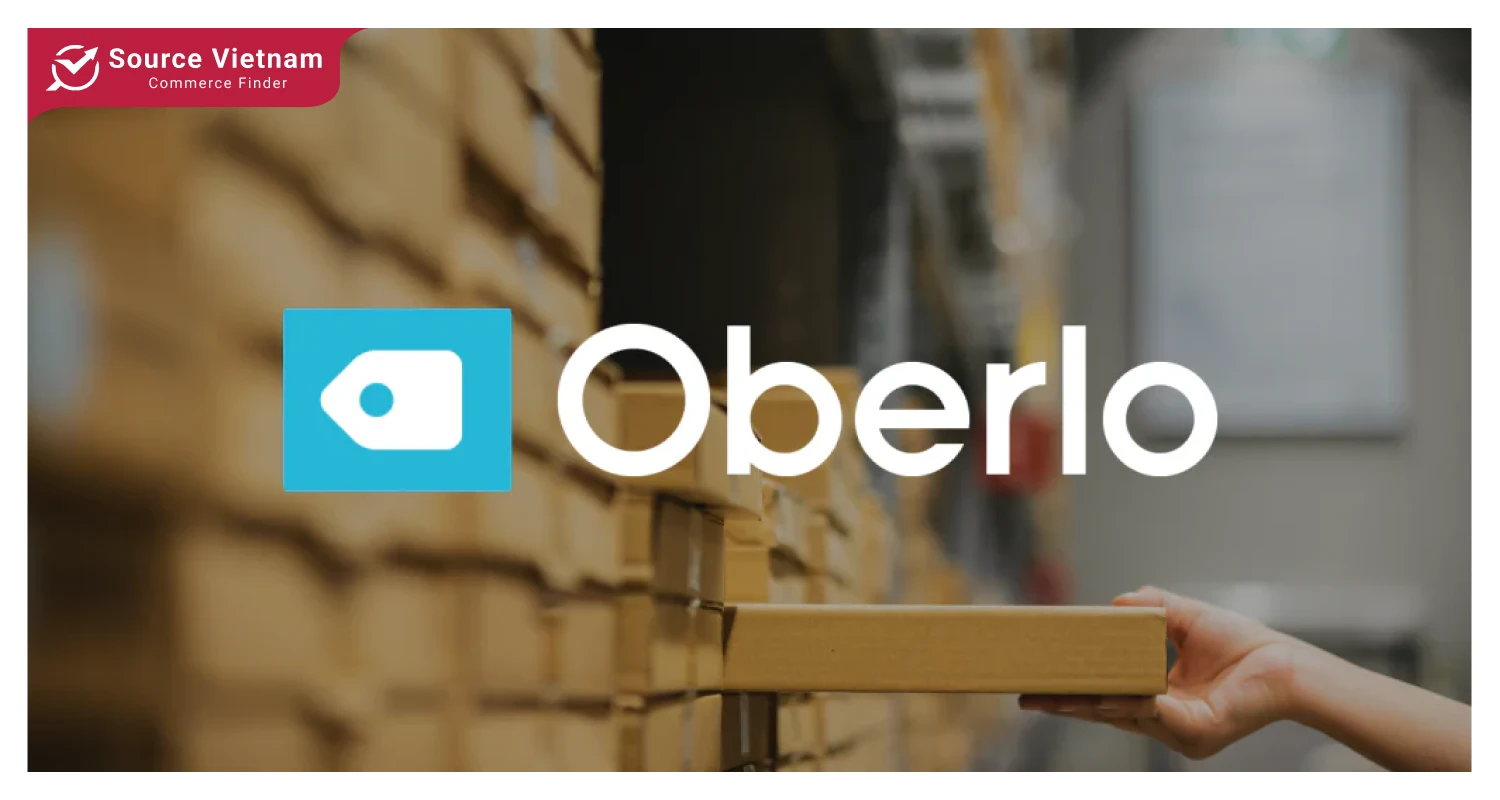
Comparing dropshipping vs wholesale highlights how simple it is to launch a business, yet it typically leads to reduced profits because of depending on external suppliers.
SaleHoo (Wholesale and dropshipping)
SaleHoo provides a combination of the best features. It is a supplier directory that provides dropshipping and wholesale choices. Entrepreneurs have the option to either keep inventory for improved pricing or choose the low-risk model of dropshipping.
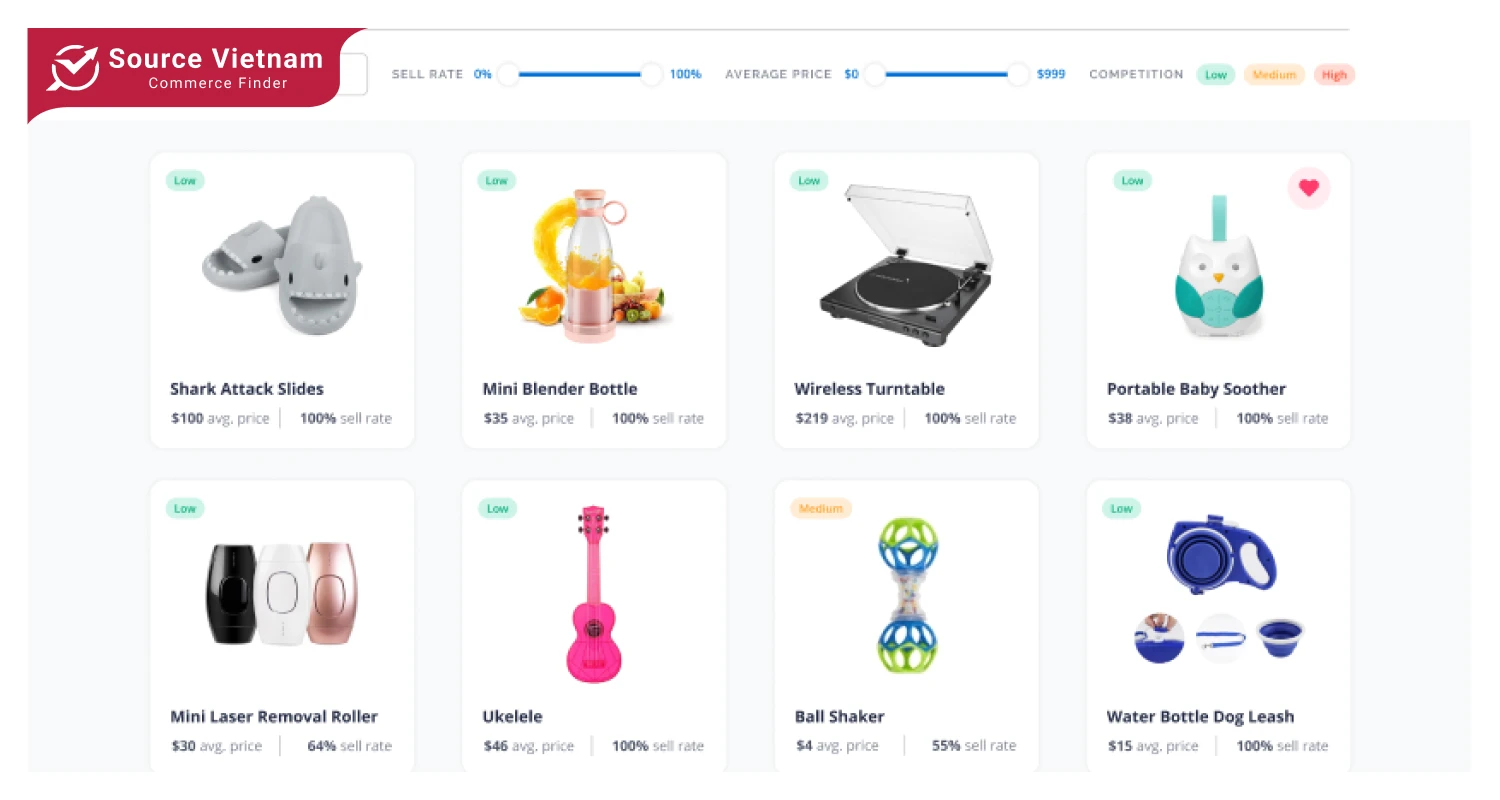
SaleHoo shows that businesses can benefit from dropshipping and wholesale depending on their goals, proving that the distinction between them can be flexible.
Amazon (Mixed model)
Amazon combines features from both dropshipping and wholesale, creating a hybrid method. Numerous Amazon sellers utilize wholesale models, buying inventory in large quantities, while some opt for dropshipping, where third-party sellers handle order fulfillment.
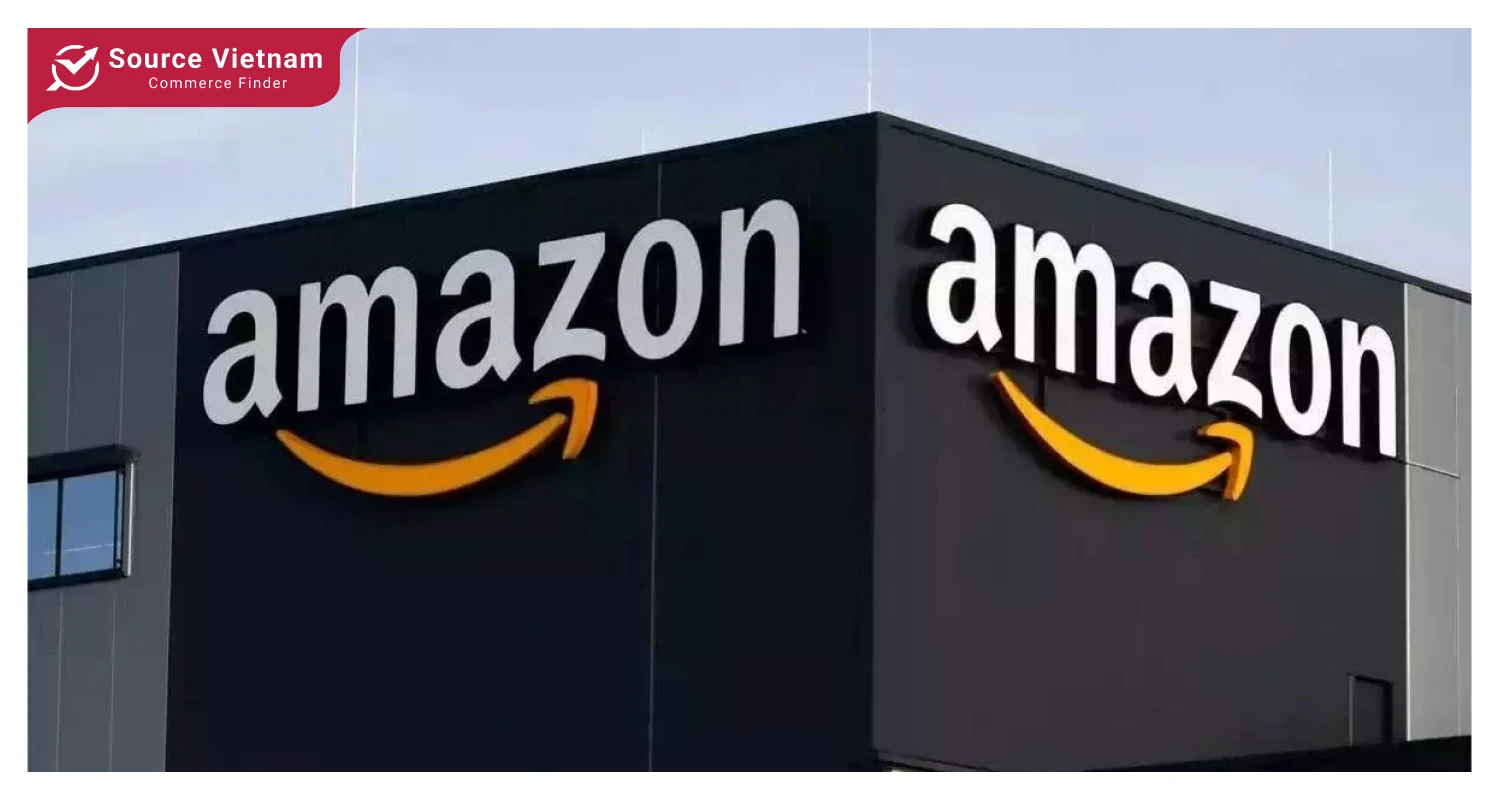
Amazon FBA operates more like a wholesale model, with sellers shipping their inventory to Amazon’s warehouses for delivery by Amazon.
On the other hand, private sellers might opt for dropshipping to process orders from suppliers directly. Comparing dropshipping vs. wholesale on Amazon demonstrates how businesses can adjust their approaches according to size and available assets.
Conclusion
On the subject of dropshipping as opposed to wholesale, it is plain there are pluses and minuses to every approach. Dropshipping provides good entrance opportunities into the e-commerce field without having the requirement to invest a lot of money at first which is appropriate for people who want flexibility and minimal risk.
On the other hand, wholesale involves purchasing inventory in advance in exchange for the potential of higher profits. This model provides increased control and improved pricing but necessitates greater commitment and financial resources.
In the end, the correct decision will vary based on your business objectives and how willing you are to take risks. Pause for a moment to evaluate your requirements – whether you lean towards the less risky option of dropshipping or the higher potential of wholesale, making a well-informed choice will position you for success in the online business industry.
Looking for reliable suppliers? SourceVietnam.com connects you with trusted manufacturers to help you thrive in the wholesale market. Explore our offerings now!
FAQ
What are the main differences between dropshipping and wholesale?
Inventory management is where the primary distinction can be found. Dropshipping enables you to sell items without the need to store inventory, with vendors sending goods straight to consumers.
In the wholesale industry, purchasing products in large quantities allows for better pricing due to managing your own inventory.
Is dropshipping more profitable than wholesale?
Not necessarily. While dropshipping has lower startup costs, profit margins can be slimmer due to higher per-unit prices. Wholesale can offer better margins but requires a larger initial investment in inventory.
What are the benefits of dropshipping compared to wholesale?
Dropshipping is a low-risk method that doesn’t involve inventory management in dropshipping and enables simple product testing. It is perfect for experimenting with new markets without incurring substantial initial expenses.
Which business model is better for beginners: dropshipping or wholesale?
Beginners may find dropshipping more appealing due to its lower entry barriers. It enables new business owners to get the hang of e-commerce without needing to invest in purchasing inventory.


